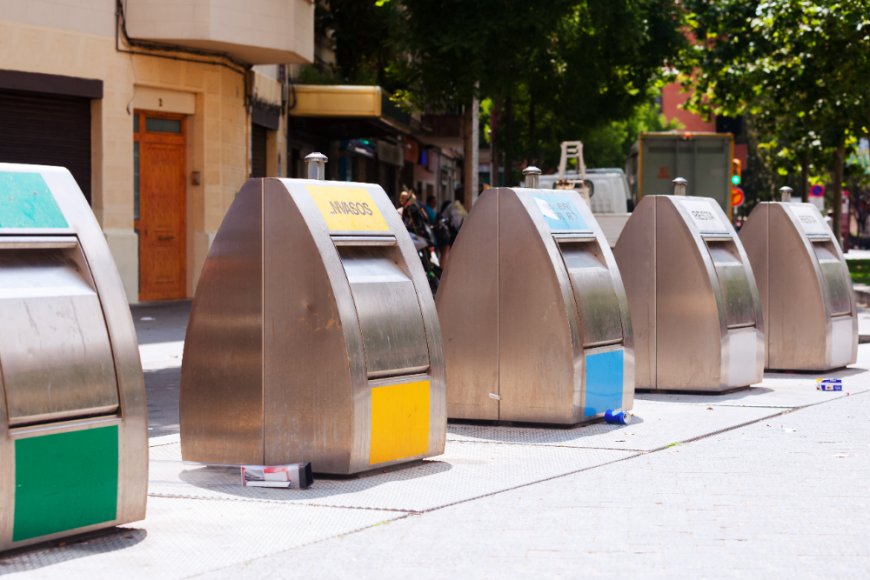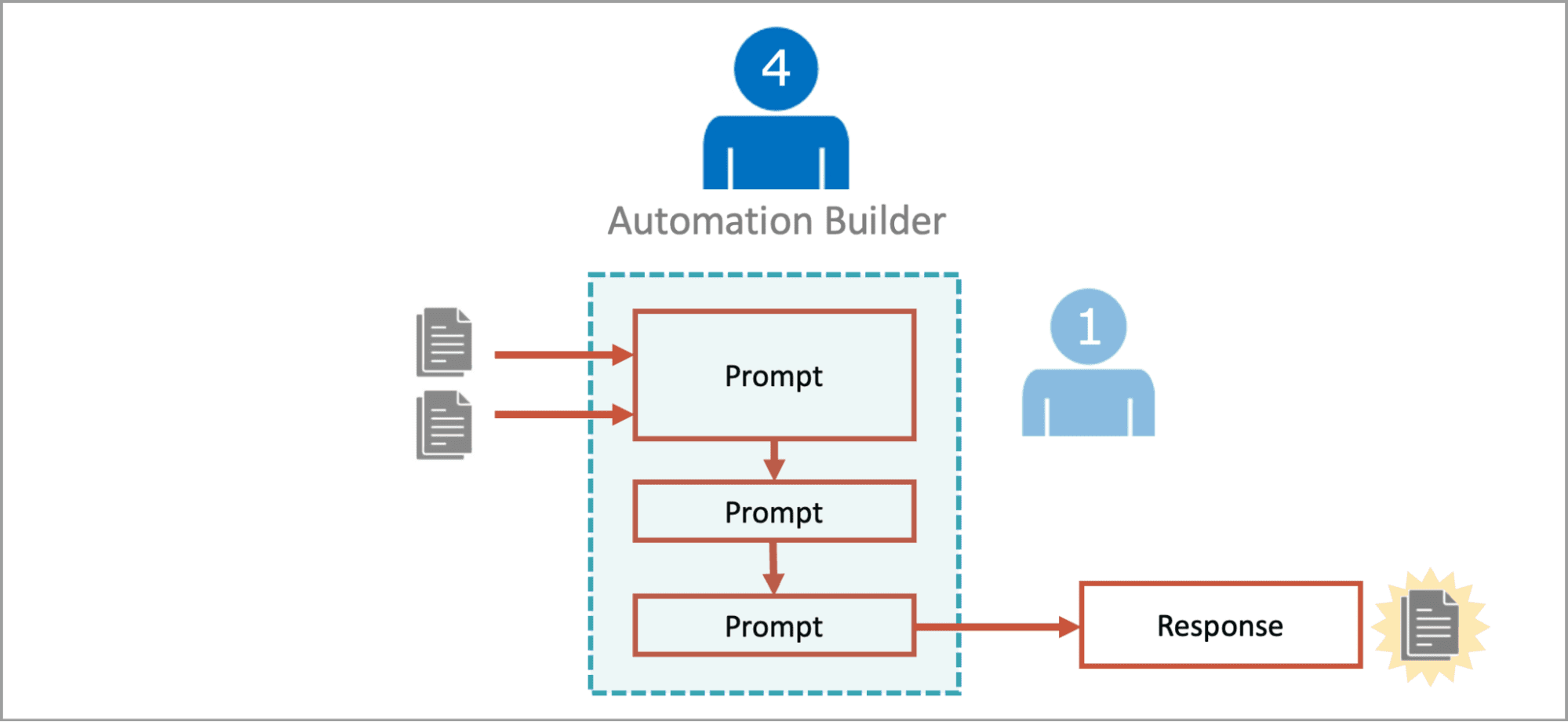How Garbage Compactor Machines Contribute to a Greener Environment
Explore efficient garbage compactor machine designed to reduce waste volume, improve storage, and enhance waste management processes for various industries.

As cities grow and populations increase, managing waste effectively has become one of the most critical challenges for urban planners and waste management professionals. Traditional methods of waste disposal, such as open landfills and curbside waste pickup, are no longer sustainable solutions in the face of rising environmental concerns. However, one of the most innovative and impactful solutions that has emerged in the quest for more efficient and eco-friendly waste management is the garbage compactor machine.
A garbage compactor machine works by compressing waste materials into a smaller, more manageable size, significantly reducing the volume of waste that needs to be transported, processed, or disposed of. This process, while designed to optimize waste handling, plays a crucial role in creating a more sustainable and greener environment. In this blog, we will explore how garbage compactor machine contribute to environmental sustainability by reducing waste, minimizing carbon emissions, promoting recycling, and helping to conserve valuable resources.
Reducing the Volume of Waste
One of the primary ways that garbage compactor machines contribute to a greener environment is through their ability to significantly reduce the volume of waste. In cities and industrial areas, waste is generated in massive quantities, and without proper management, it can lead to overflowing landfills and unsightly waste piles. Compactors address this issue by compressing waste materials into tightly packed bundles, reducing the overall volume by up to 75%.
This reduction in volume has several environmental benefits. First, it decreases the number of trips required to transport waste to landfills or recycling centers, thus reducing fuel consumption and the associated carbon emissions. Fewer waste collection trips mean lower vehicle emissions, which helps to mitigate air pollution and reduces the carbon footprint of waste management operations. Moreover, this reduction in waste volume ensures that landfills are not overburdened, helping to extend their lifespan and reduce the need for new landfill sites, which can have significant environmental impacts.
Promoting Efficient Waste Disposal and Recycling
Garbage compactor machines also play a key role in promoting more efficient waste disposal and recycling practices. When waste is compacted, it is more organized and easier to sort. This enhanced organization can improve the efficiency of recycling programs. In many cases, compacted waste can be separated into categories, such as paper, plastic, glass, and organic matter, before being sent to recycling facilities.
Moreover, compacted waste takes up less space in landfill sites, making it easier to separate recyclable materials from non-recyclables. This separation encourages better waste diversion strategies, ensuring that recyclable materials are diverted from landfills and sent to appropriate recycling centers, where they can be processed and reused.
In addition to recycling, compactors can also aid in composting organic waste. By compressing food scraps, yard waste, and other biodegradable materials, garbage compactor machines make it easier for these materials to be processed into compost. This composting process helps to divert waste from landfills, reducing methane emissions that would otherwise be produced by decomposing organic matter in landfills.
Reducing Carbon Emissions
Transporting waste to landfills or recycling centers requires fuel, and fuel consumption is directly tied to carbon emissions. In regions with inefficient waste management practices, the transportation of waste can be a significant contributor to air pollution. Garbage compactor machines help to address this by reducing the volume of waste, which in turn minimizes the number of trips needed to transport the waste to its final destination.
When less waste needs to be hauled away, fewer vehicles are required, which means lower fuel consumption and reduced greenhouse gas emissions. The carbon footprint of waste management is minimized, contributing to a more sustainable system. Moreover, by ensuring that waste is compressed and organized before being transported, compactor machines help optimize the use of resources and reduce the need for multiple trips.
Conserving Landfill Space
Landfills are rapidly filling up across the globe, and finding new areas to establish landfills is becoming increasingly difficult due to the environmental and social concerns associated with them. By compacting waste before it is sent to a landfill, garbage compactor machines help conserve valuable landfill space. With waste volume reduced by up to 75%, compacted waste requires far less space, extending the life of landfills and reducing the need for new disposal sites.
Conclusion
The importance of garbage compactor machines in promoting a greener environment cannot be overstated. Through their ability to reduce waste volume, facilitate recycling, reduce carbon emissions, and conserve landfill space, these machines play an integral role in modern waste management systems. By compacting waste before it is transported, processed, or disposed of, these machines help create a more efficient, sustainable, and eco-friendly approach to waste management.
Whether in commercial settings, municipal waste systems, or industrial applications, the adoption of garbage compactor machines offers a practical and effective solution to the growing problem of waste disposal. As we move toward a more sustainable future, the role of these machines will only continue to grow, ensuring that we minimize our environmental impact while optimizing waste management processes.






























































































































































